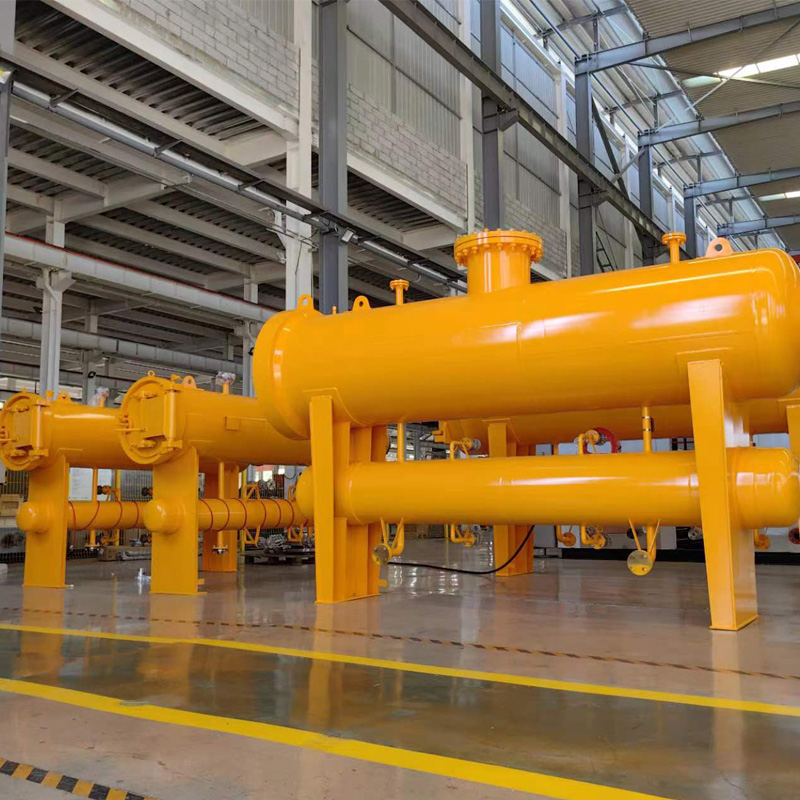
10 月 . 06, 2024 11:37
Back to list
natural gas pressure reducing station
Natural Gas Pressure Reducing Stations Ensuring Safe and Efficient Energy Delivery
Natural gas, a vital energy source for heating, electricity generation, and industrial processes, travels through extensive pipeline systems across cities and regions. To maintain a consistent and safe supply of this energy resource, natural gas pressure reducing stations (PRDs) play a crucial role. These stations are essential in managing the high pressures at which natural gas is transported, ensuring that the gas is delivered at a safe and usable pressure for end-users.
Typically located at strategic points along the pipeline network, pressure reducing stations are designed to lower the pressure of natural gas from transmission levels, which can exceed hundreds of psi (pounds per square inch), to distribution levels that range from ¼ to 60 psi. This reduction is crucial as the higher pressures used in transmission can pose serious risks, including pipeline failures and gas leaks. By controlling pressure in the distribution network, PRDs help prevent accidents and facilitate safe consumption of gas in homes and businesses.
natural gas pressure reducing station

The working mechanism of a pressure reducing station involves several components, including pressure regulators, valves, and telemetry systems. When high-pressure gas enters the station, it passes through a regulator that reduces the pressure to a predetermined level. This regulation is achieved by automatically adjusting the size of the opening through which the gas flows, responding to changes in pressure in the downstream pipeline. Additionally, safety valves are installed to release gas in case of an overpressure condition, ensuring that the system operates within safe limits.
Moreover, modern PRDs are equipped with advanced telemetry systems that monitor pressure and flow conditions in real time. This technology enables operators to respond promptly to any irregularities or malfunctions, enhancing system reliability and safety. Regular maintenance and inspection of these stations ensure that they continue to function properly, further reinforcing the safety of the natural gas supply.
In conclusion, natural gas pressure reducing stations are a vital component of the energy infrastructure, ensuring that natural gas is delivered safely and efficiently to consumers. With their ability to manage high pressure and prevent potential hazards, PRDs not only safeguard public safety but also enhance the reliability of natural gas as a primary energy source. As demand for natural gas continues to grow, the role of these stations becomes increasingly important in sustaining energy needs while ensuring environmental and community safety.
Next:
Latest news
-
Unlocking The Quality Gas Pressure ReducersNewsNov.01,2024
-
The Role of Gas Pressure Reducing StationsNewsNov.01,2024
-
The Importance and Functionality of Safety Relief ValvesNewsNov.01,2024
-
The Essential Role of Safety Valves in Natural Gas ApplicationsNewsNov.01,2024
-
The Essential Role of Gas Pressure RegulatorsNewsNov.01,2024
-
Enhance Your Premium Gas FiltersNewsNov.01,2024

